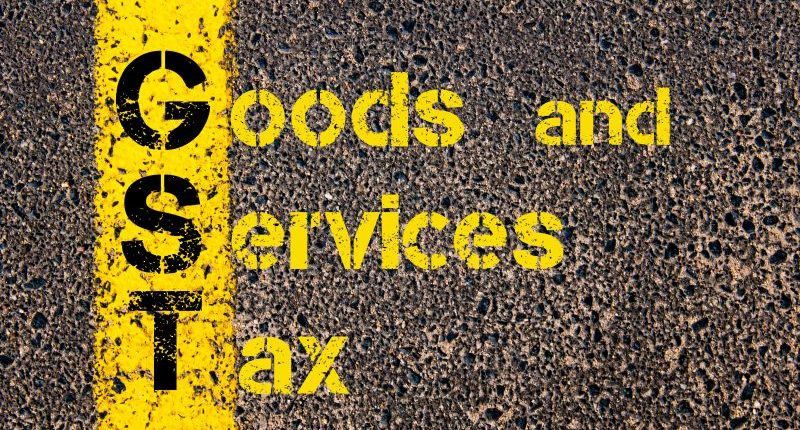The introduction of GST has been by far the most significant tax reform that got implemented in India. The efforts undertaken by all the stakeholders to make this vital tax reform possible is commendable.
The rise of GST has resulted in a common market for both goods and services. GST also made way for tax reduction by rendering Input Tax Credit (ITC) across the supply chain of goods and services.
There are still a few sectors and goods which remain outside the scope of GST. GST also paved the way for bringing uniformity in tax rates, formats of returns, challans, and registration forms. Manual check posts were largely replaced with e-way bills post-GST implementation.
Rolling out of a simplified tax compliance system has still not been achieved. The complexity around return filing and the technical failures pulled down the actual envisaged system which was to verify Input Tax Credit (ITC) based on invoice matching and using GST returns (GSTRs-1, 2 and 3).
Also Read: FM on MSME: GST refunds to pace up; TReDs to associate with GSTN
Since a self-correcting system with an IT-based interface is still not in place, the physical interface between an assessee and a tax officer continues. In the absence of invoice matching and complete auto-generation of assessments, refunds, etc. the envisaged potential of the GST tax compliance regime has not been achieved.
It’s been observed that the GST portal was not completely aligned to the provisions of the GST Acts to the extent of its implementation. According to the IT audit findings, various system design deficiencies, as well as operational deficiencies, have been reported.
The payment system, as well as the tax settlement envisaged for GST, was based entirely on invoice matching. Even the availment of ITC, as well as IGST settlement, was planned to be done based on the matching of invoices. Neither of the anticipated tasks is achievable as on today because the invoice matching system is not operational yet.
The government will need to focus on invoice matching since it would contribute to yielding the full benefits of this major tax reform. Invoice matching will help in protecting the tax revenues of the Centre as well as the States. Also, it would result in accurate IGST settlement, would reduce, if not eliminate entirely, the interface between the assessee and the tax official.
The government could also take the assistance of analytical tools and Artificial Intelligence (AI) to automate the complete return filing process to the maximum extent possible. The government needs to also simplify GST compliance by introducing simplified return forms with the help of technological solutions.
Bhavana is a Senior Content Writer handling the GST vertical. She is committed, professional, and has a flair for writing. When away from work, she enjoys watching movies and playing with her son. One thing she can’t resist is SHOPPING! Her favourite quote is: “Luck is what happens when preparation meets opportunity”.




